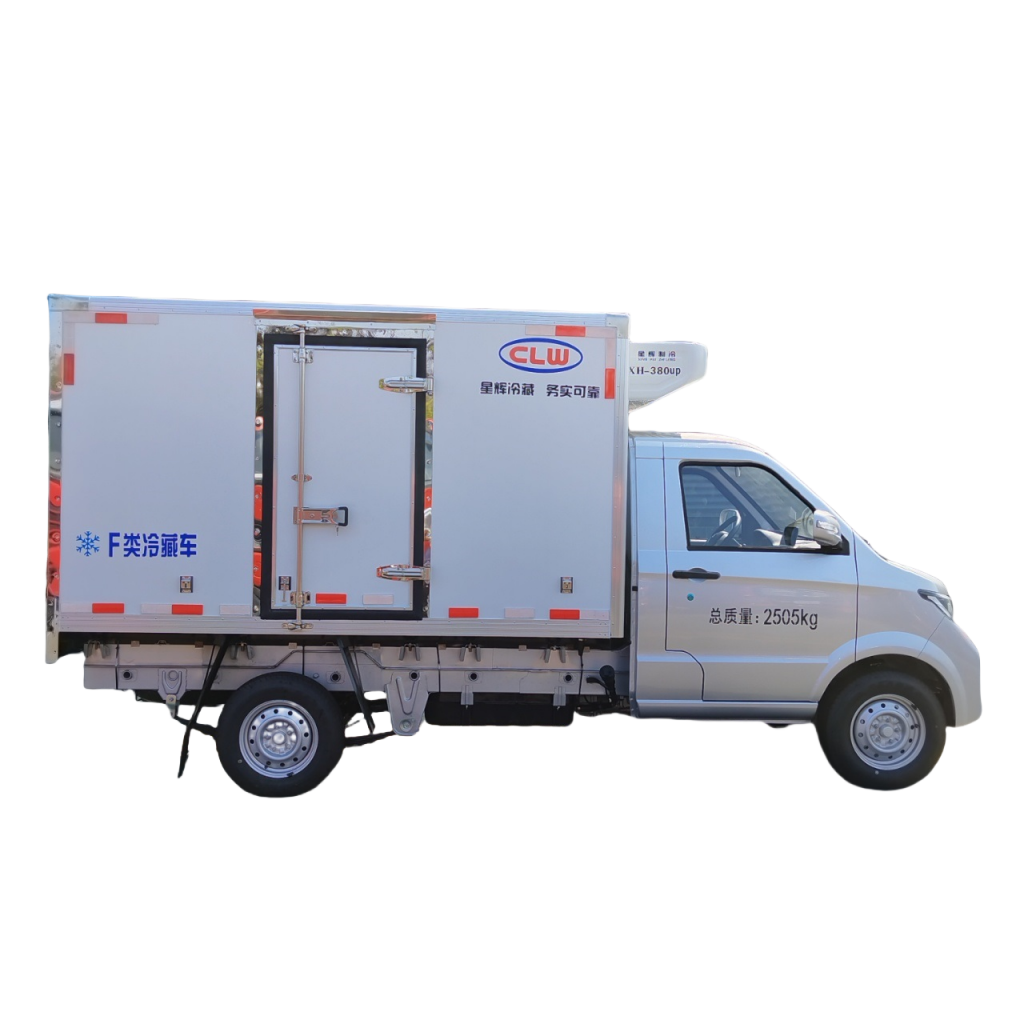Introduction
Truck mounted cranes play a crucial role in various industries, including construction, logistics, and transportation. These versatile machines are designed to lift and move heavy loads with precision and efficiency. However, given the nature of their operations, safety is paramount when it comes to the use of truck mounted cranes. In this comprehensive guide, we will explore the importance of safety in crane operations and delve into the features and specifications of truck mounted cranes that have achieved high safety ratings.
Importance of Safety in Crane Operations
Safety is a top priority in any industrial setting, and crane operations are no exception. The use of truck mounted cranes involves handling heavy loads at significant heights, which can pose serious risks to both operators and bystanders if proper safety measures are not in place. Accidents involving cranes can result in injuries, fatalities, and costly damages to equipment and property.

Ensuring safety in crane operations requires a combination of factors, including proper training for operators, regular maintenance of equipment, adherence to safety protocols and regulations, and the use of cranes with high safety ratings. By investing in cranes that prioritize safety, companies can minimize the risk of accidents and create a safer working environment for their employees.
Features of Truck Mounted Cranes with High Safety Ratings
Truck mounted cranes with high safety ratings are equipped with a range of features and technologies designed to enhance safety during operations. These features not only protect operators and bystanders but also improve the overall efficiency and reliability of the crane. Some of the key features to look for in truck mounted cranes with high safety ratings include:
1. Load Moment Indicators (LMI): Load moment indicators are essential safety devices that monitor the load being lifted and the crane's stability. These systems provide real-time data on the crane's capacity and warn the operator if the load is approaching unsafe levels. By using Garbage truck emissions regulations , operators can prevent overloading and ensure safe lifting operations.
2. Anti-Two Block System: The anti-two block system is a safety mechanism that prevents the crane's hook from striking the boom tip during operation. This system activates an alarm or stops the crane's movement if the two blocks come into contact, reducing the risk of damage to the crane and ensuring safe operation.
3. Outrigger Monitoring Systems: Outrigger monitoring systems are designed to ensure the stability of the crane during lifting operations. These systems provide real-time feedback on the position and extension of the outriggers, helping operators adjust the crane's setup for optimal stability and safety.
4. Emergency Stop Systems: Emergency stop systems are critical safety features that allow operators to quickly stop the crane's movement in case of an emergency or unsafe conditions. These systems are typically located in easy-to-reach locations on the crane's control panel, enabling operators to react swiftly to potential hazards.
5. Overload Protection Systems: Overload protection systems are designed to prevent the crane from lifting loads that exceed its rated capacity. These systems use sensors and alarms to alert operators when the load is too heavy, helping to prevent accidents and equipment damage.
6. Automatic Crane Leveling Systems: Automatic crane leveling systems are advanced features that ensure the crane is set up on a stable and level surface before lifting operations begin. These systems use sensors to detect the crane's angle and automatically adjust the outriggers to achieve optimal stability.
7. Operator Training and Certification: In addition to advanced safety features, truck mounted cranes with high safety ratings prioritize operator training and certification. Properly trained operators have the knowledge and skills to operate the crane safely, minimize risks, and respond effectively to emergencies.
Conclusion
Truck mounted cranes are essential tools in various industries, but safety should always be the top priority when using these machines. By investing in cranes with high safety ratings and advanced safety features, companies can protect their employees, prevent accidents, and improve overall operational efficiency. Load moment indicators, anti-two block systems, outrigger monitoring systems, emergency stop systems, overload protection systems, automatic crane leveling systems, and operator training are all key components of truck mounted cranes with high safety ratings. By incorporating these features and prioritizing safety in crane operations, companies can create a safer and more productive work environment for their employees.
